Every music genre has guitar tones and gear associated with it. Of course there are exceptions, but a Telecaster or a Gretsch into a blackface Fender is certainly a good starting place if you want a twangy country tone. For classic rock crunch, a Les Paul through a Marshall will get you into the right ballpark. Yes, these are broad generalizations, but these combinations of amps and guitars are good starting points that you can modify as needed.
When it comes to a modern heavy tone, I usually start with a guitar that has heavy strings and active pickups, and then add a noise gate and a high-gain amp to complete the equation.
Heavy strings and drop tunings both play a major role in getting a powerful heavy tone. I use .012–.052 SIT Power Wound strings on my Schecter Hellraiser, which is tuned a whole-step below standard tuning to D–G–C–F–A–D. I have a loose rule of increasing each string’s gauge by .001 for every half-step I tune it below standard. That way, the tension and feel of the strings stay somewhat consistent to that of a set of .010s tuned to E–A–D–G–B–E.
The next order of business in crafting a heavy tone is finding the right pickups. My Schecter is loaded with EMG 81 and 89 active humbuckers. These pickups have a ton of output and complement a high-gain amp very well. Because the tone will usually diminish as the batteries lose juice, the most important thing to remember with active pickups is to keep the batteries fresh. Another great set of active pickups are the Seymour Duncan Blackouts, which have a more present high end, yet also deliver plenty of output.
The next link in the gear chain is the noise gate, and there are a couple of qualities I look for in a gate. The first— and most important—is that the gate doesn’t interfere with my pick attack. Sometimes the gate won’t open up unless you strike the string with enough force, and this results in missing the front end of the note. A sluggish noise gate gets in the way of dynamic playing, and the last thing anyone wants is a piece of gear dictating dynamics. Second, I don’t want the gate to interfere with a sustained chord by cutting off the sound prematurely. The MXR Smart Gate has a sensitivity knob that curbs both of these issues. You can also set the Smart Gate so that it only gates out certain sounds. When I’m playing heavy music, I need to have dead quiet spaces between highly rhythmic blasts of chords. And a good noise gate will help me accomplish this.
There are a few different aspects of my choice amp that make it my choice amp. For crushing crunch sounds, the recently re-voiced Mesa/Boogie Multi-Watt Dual Rectifier is my go-to amp for heavy tones. The Multi-Watt can be loaded with 6L6 or EL34 tubes. But for modern heavy tones, I prefer the more open and full sound of the 6L6s, with the Modern setting engaged on Channels 2 and 3. The biggest difference between a modern country tone and a modern metal tone lies in the Midrange knob. For modern metal, you’ll generally want to scoop the mids. Contemporary country is the exact opposite, since the mids are pushed way up.
My cabinet of choice for the Dual Rectifier is the Mesa/ Boogie Road King. The Road King cab has a Celestion Vintage 30 and a C90 for speakers, and the combination of these different 12" speakers adds a lot of depth to the sound. The cab also gives me the option to play through the speakers individually or together, which is a big plus in the tonal variety department. Because a wooden partition separates the speakers, the cabinet responds more like two 1x12s than a standard 2x12 cabinet. This is useful because the low end is tighter, and I prefer that when playing heavy music. Another useful aspect of this cabinet is the combination of open and closed back panels, which also adds depth to the sound.
Lastly, the biggest component in creating a heavy tone is picking-hand technique. When you have a loud amp that’s saturated in gain, you have to control the strings with your palm. The pick, your pick angles and velocity, and palm muting all play a huge role in getting a massive and heavy tone. I encourage you to observe how different players approach their instruments, technique, and gear. Then add up what you learn and create a heavy tone equation that works best for you.






![Rig Rundown: AFI [2025]](https://www.premierguitar.com/media-library/youtube.jpg?id=62064741&width=1245&height=700&quality=70&coordinates=0%2C0%2C0%2C0)


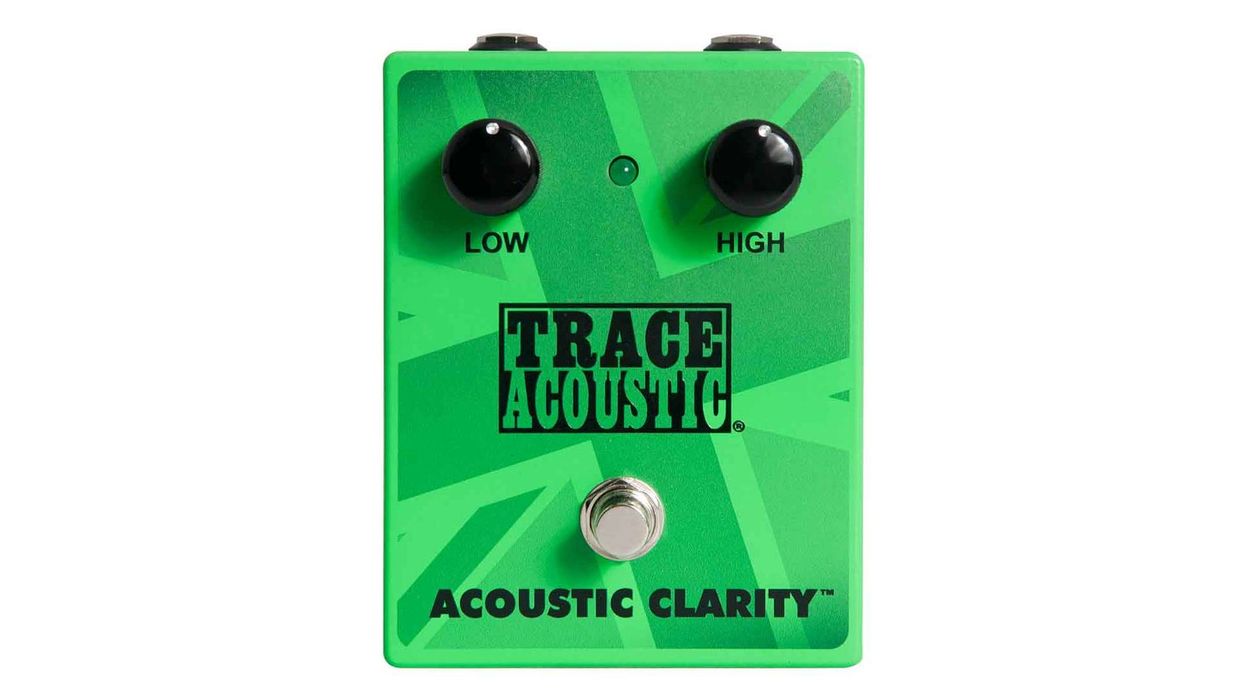



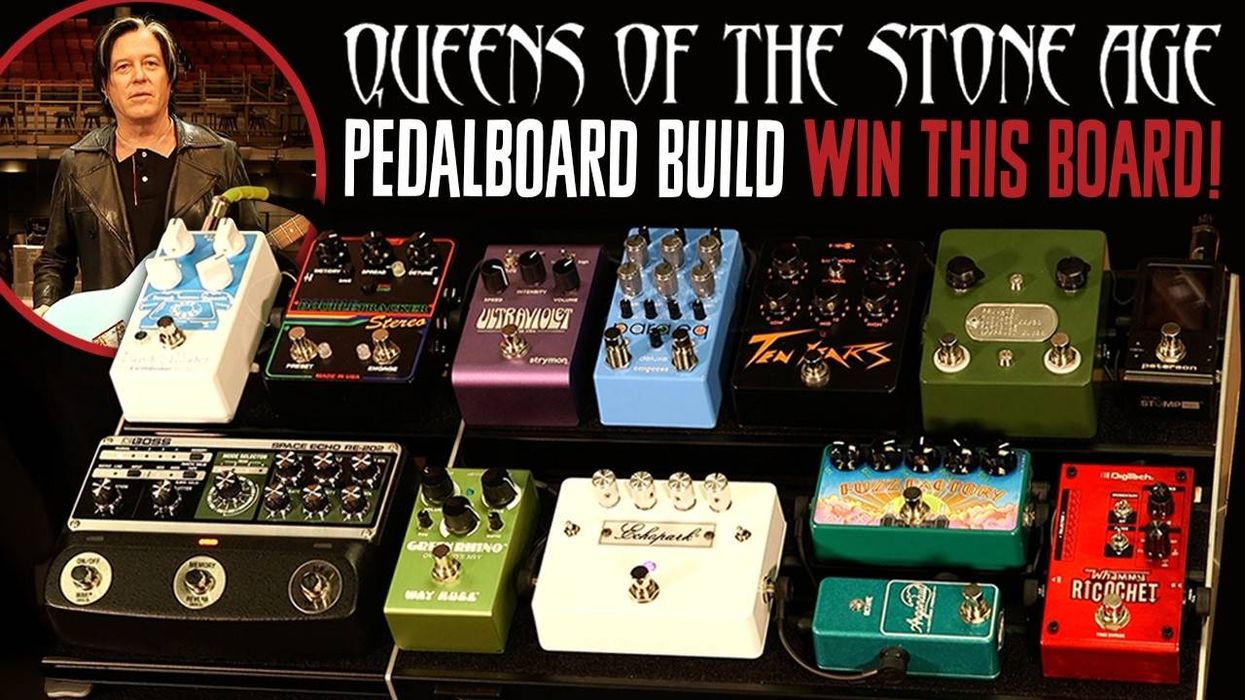
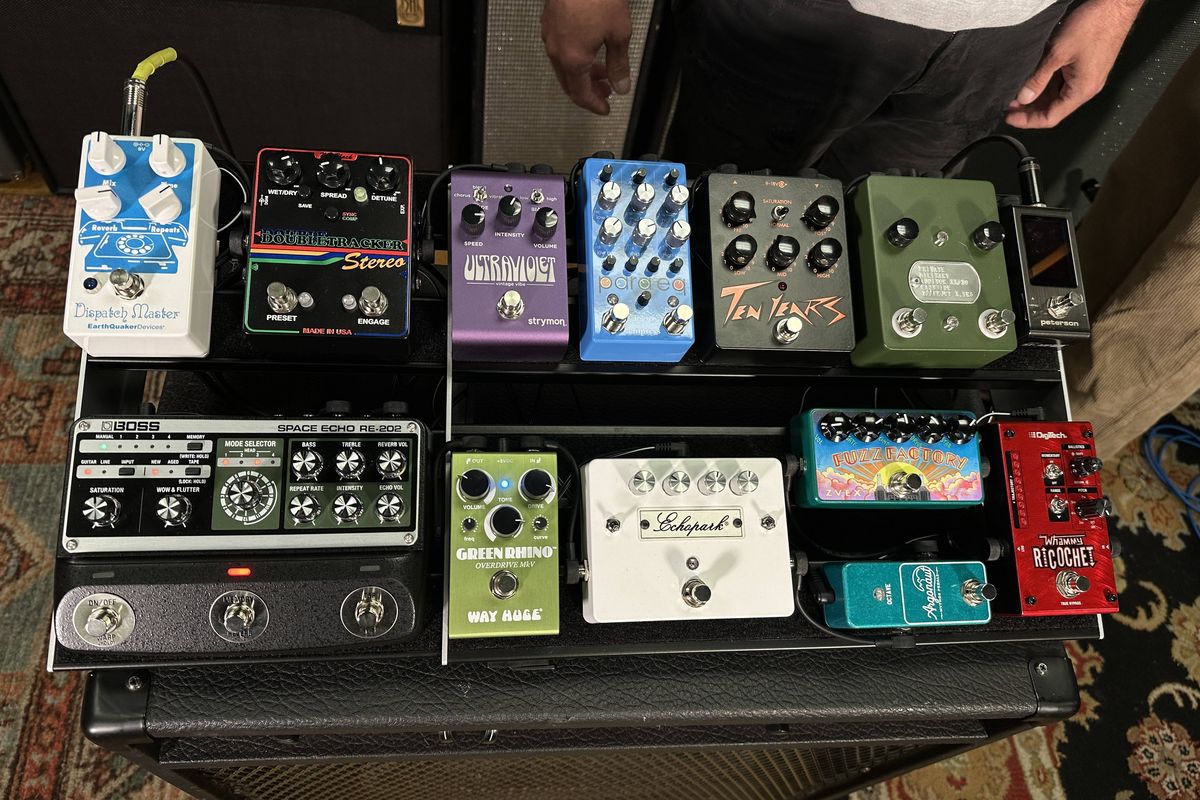
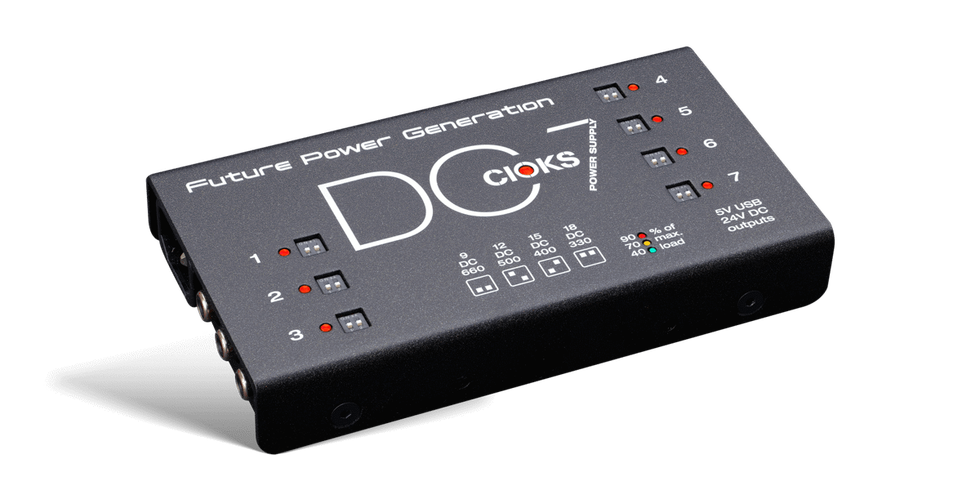
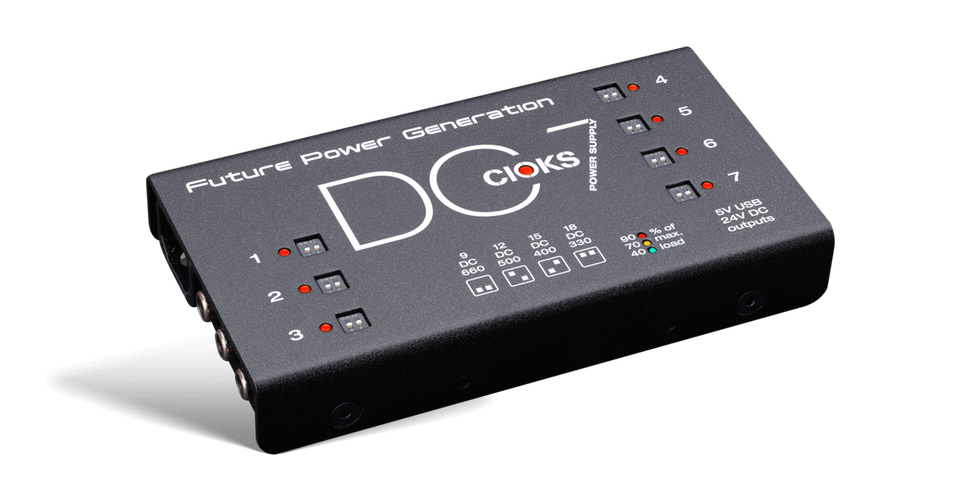
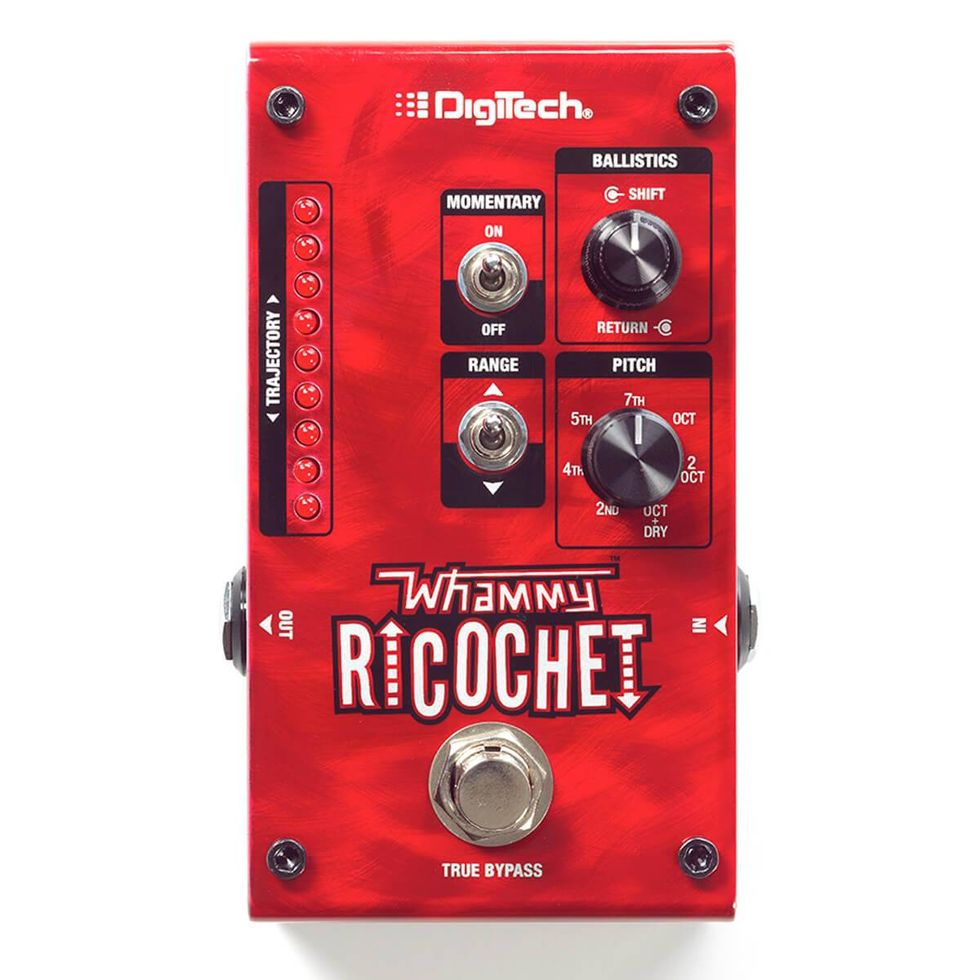
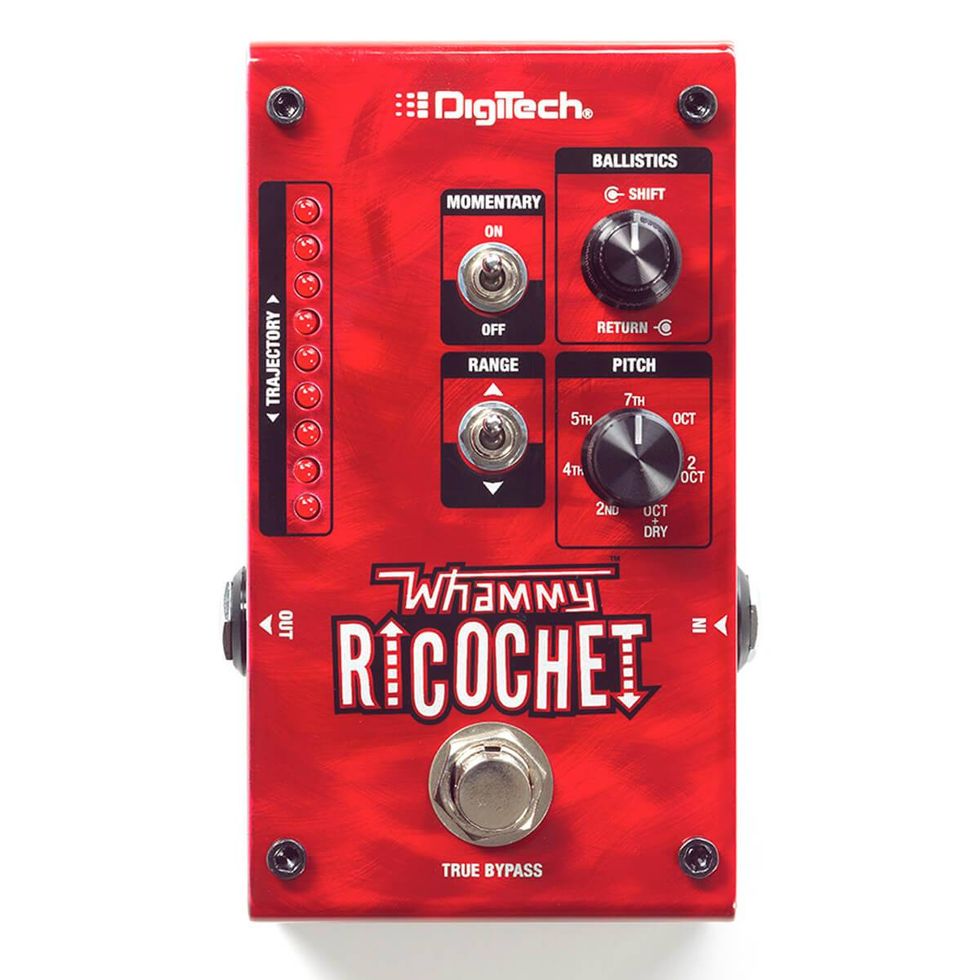
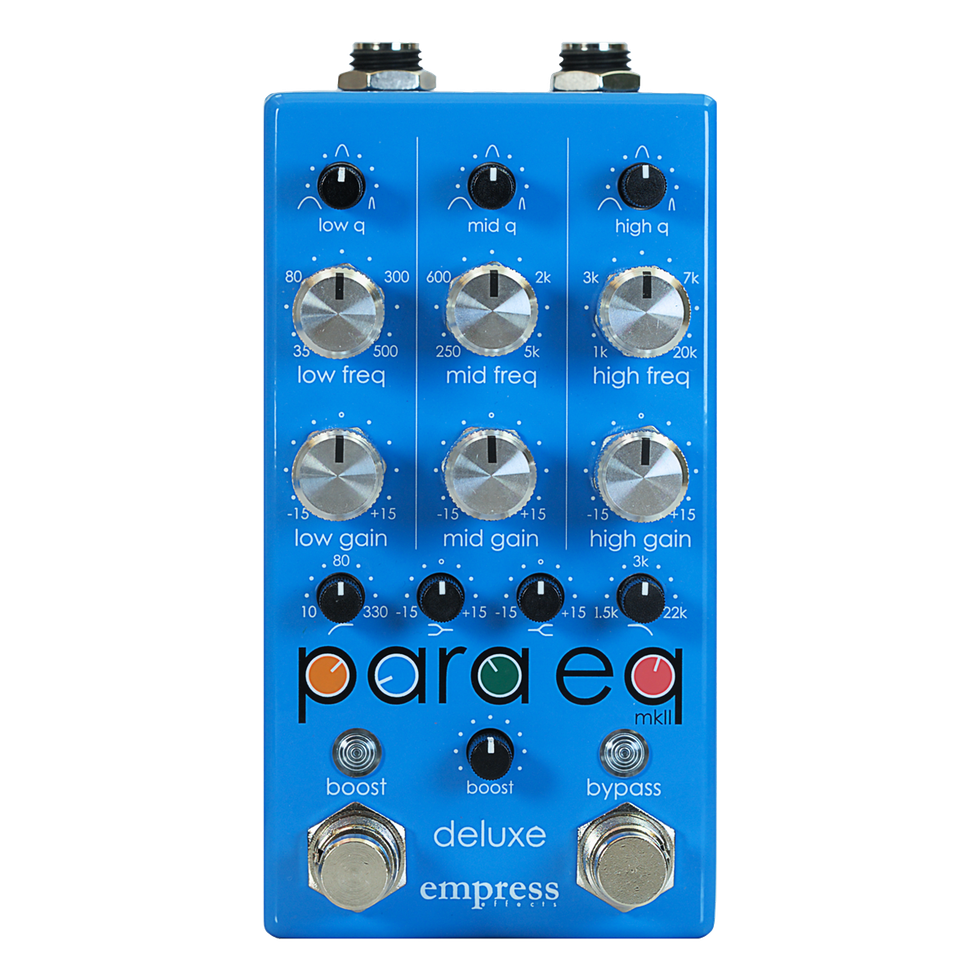
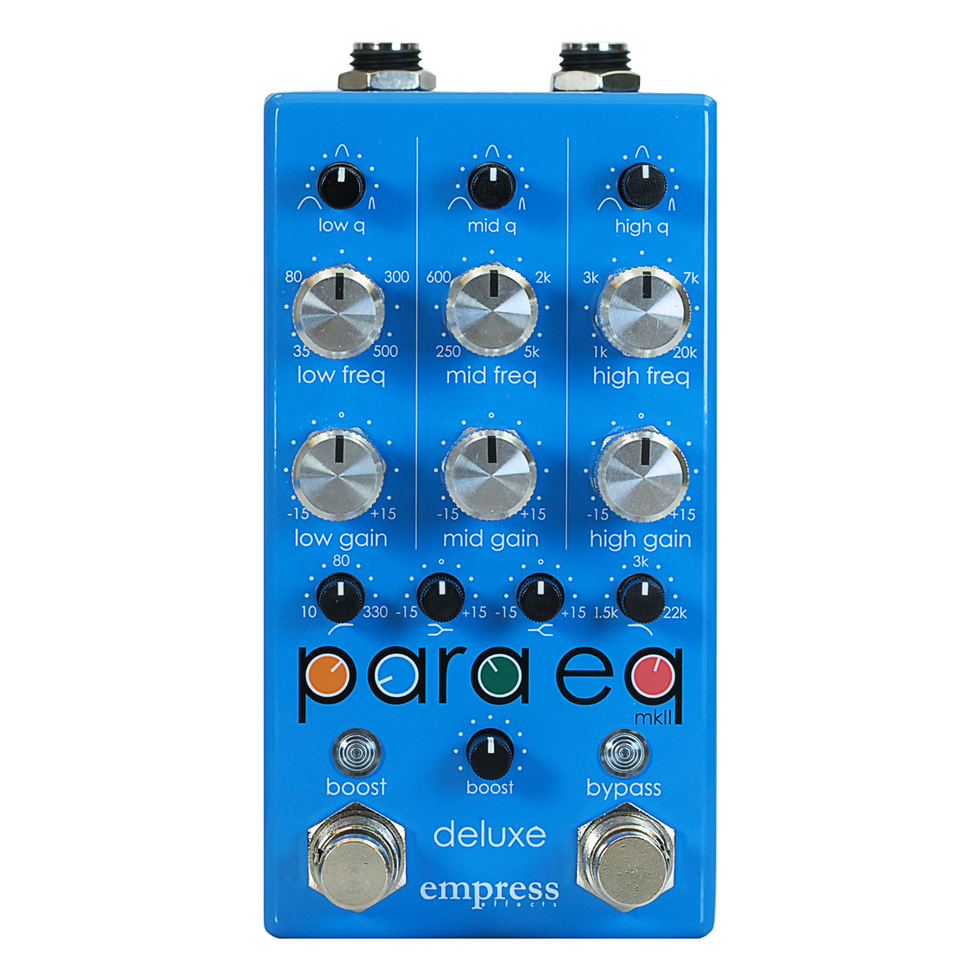
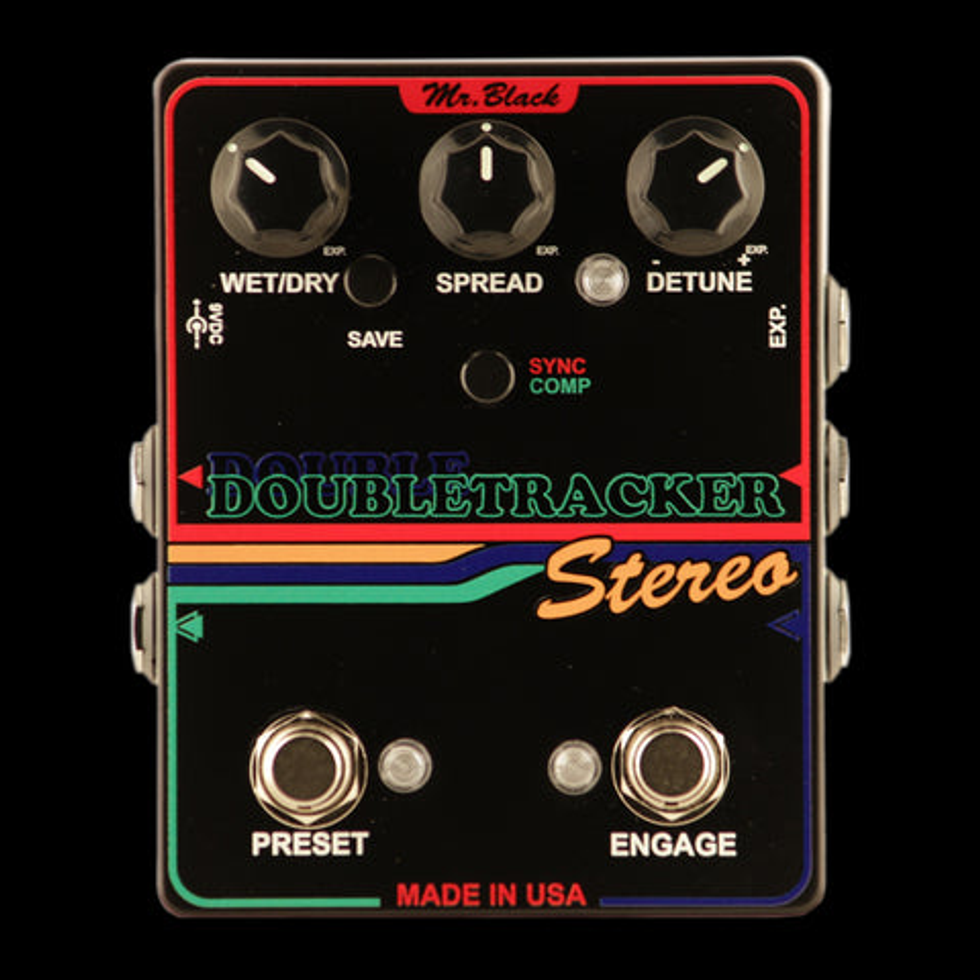
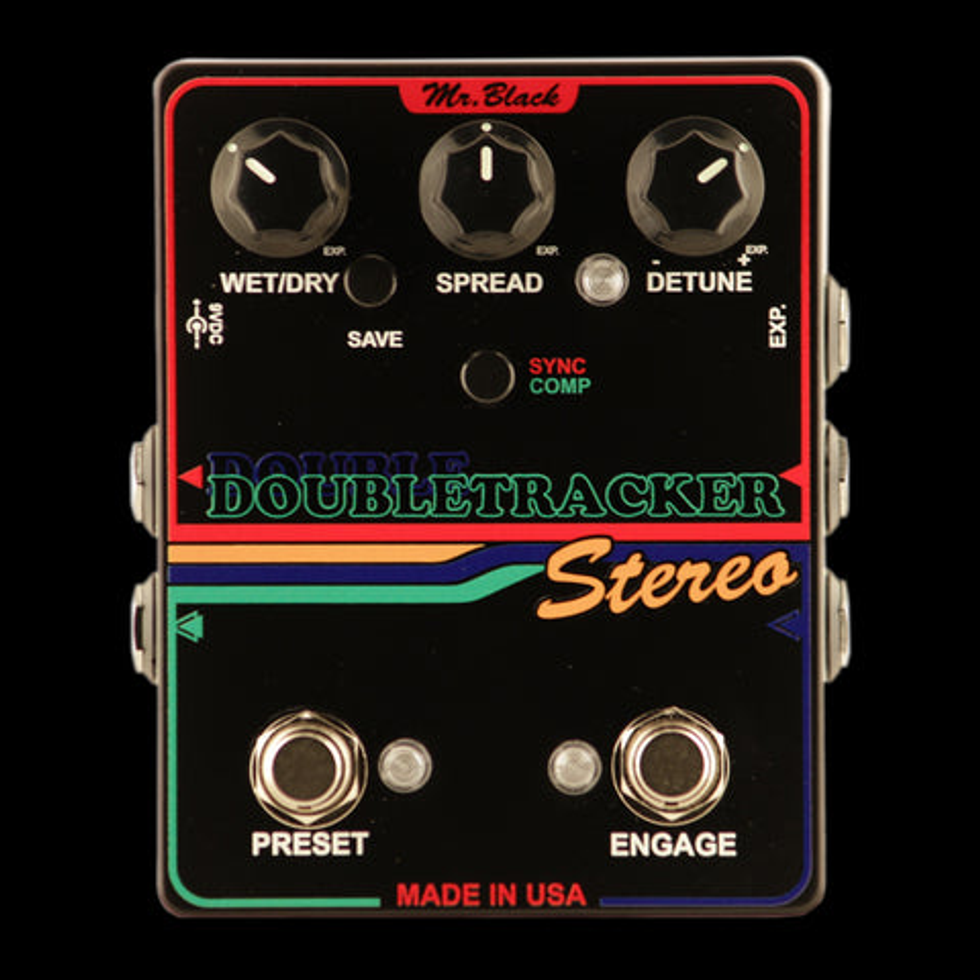
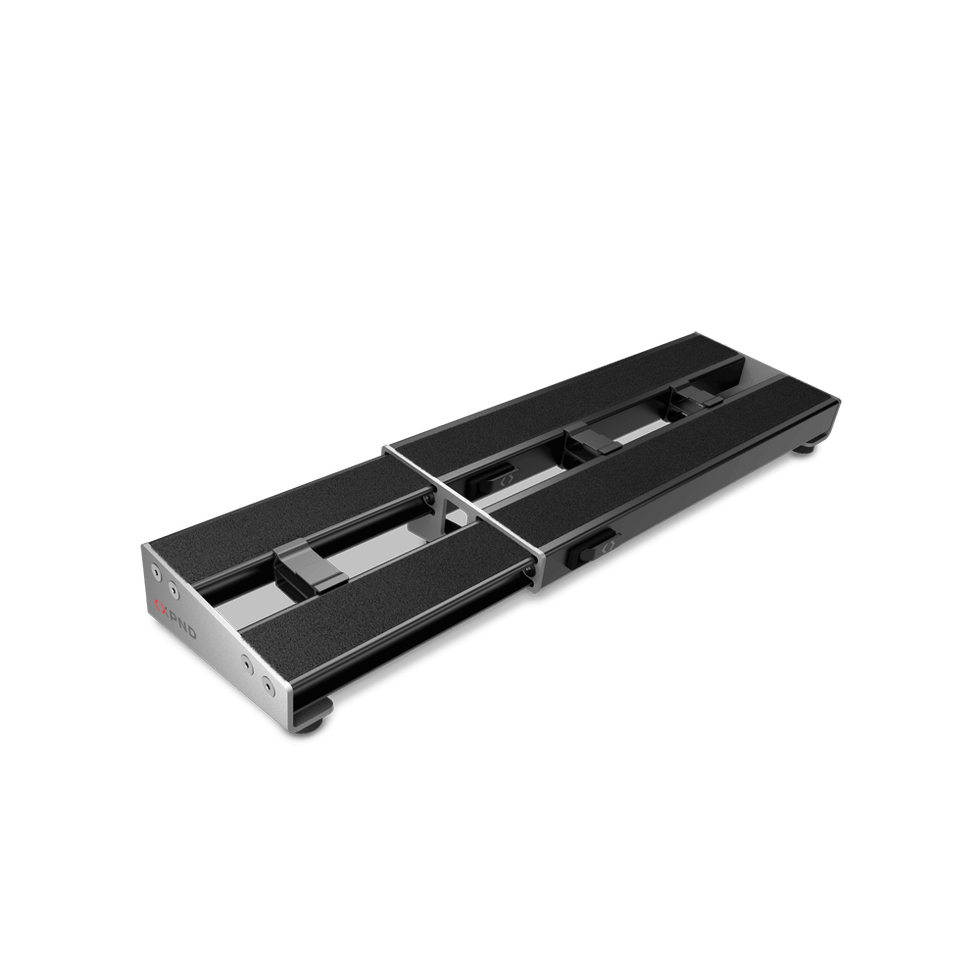
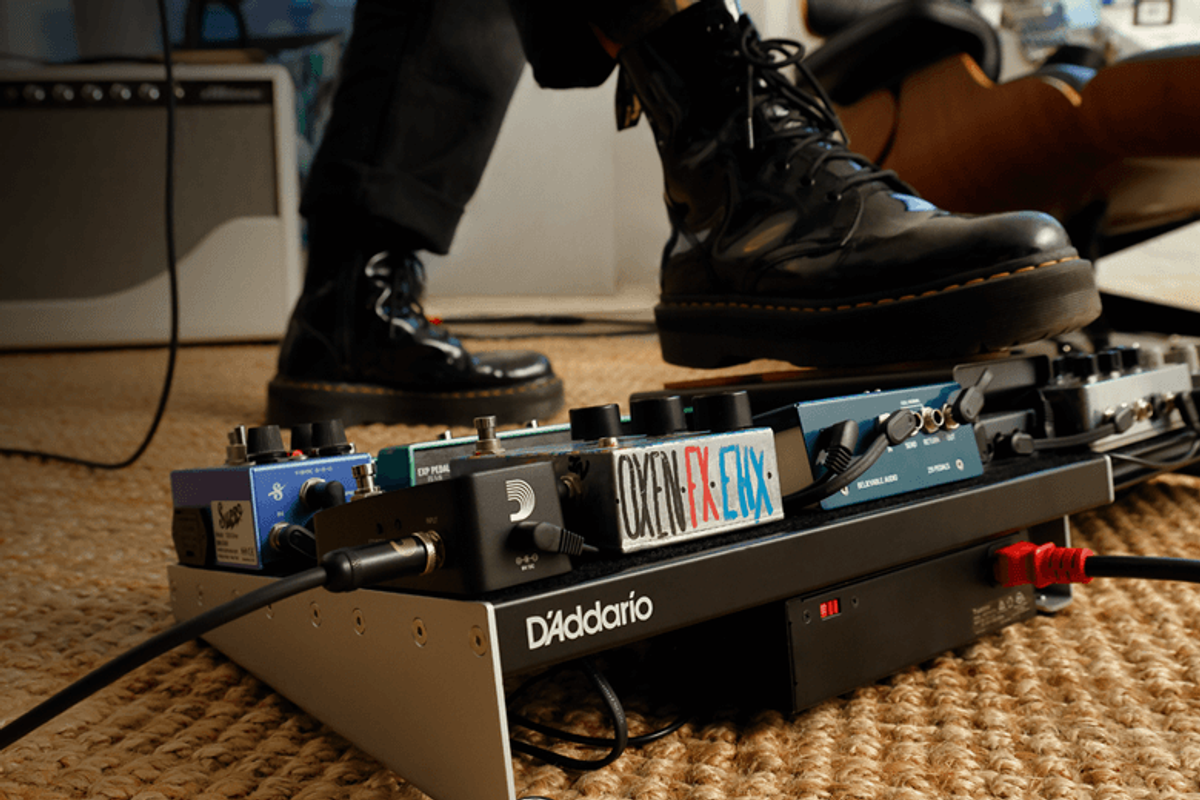
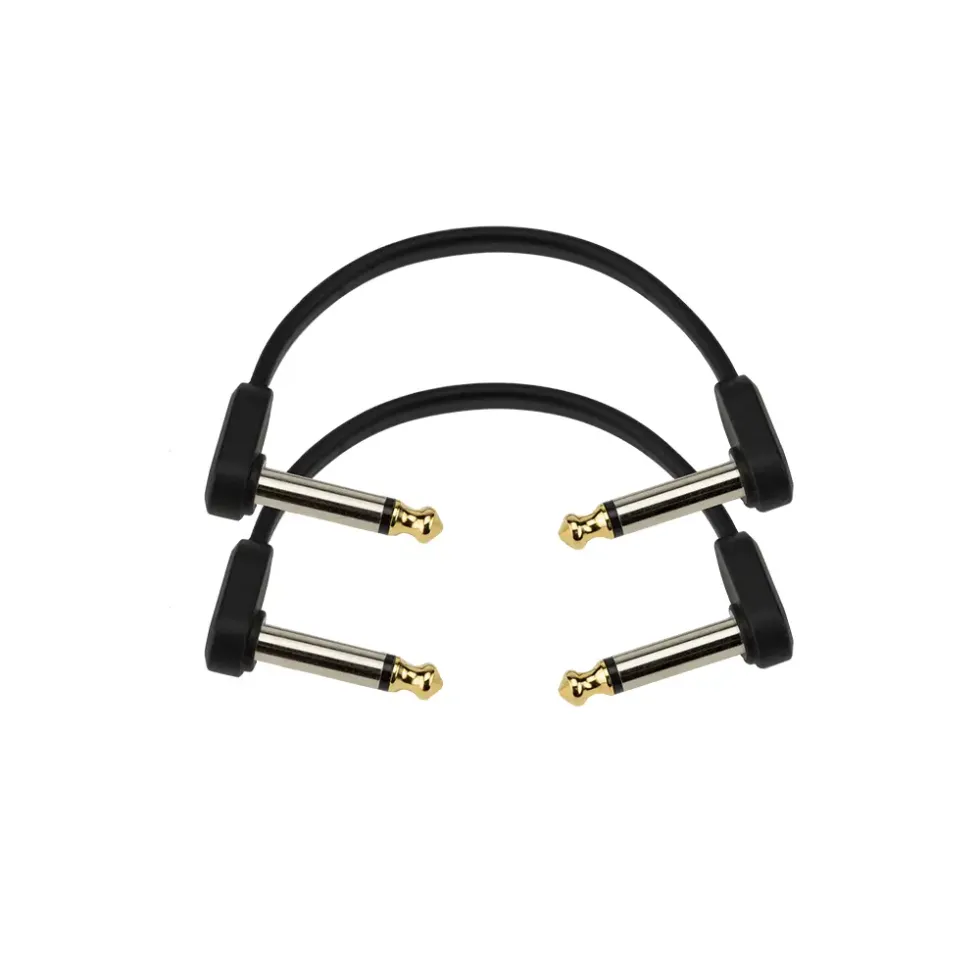
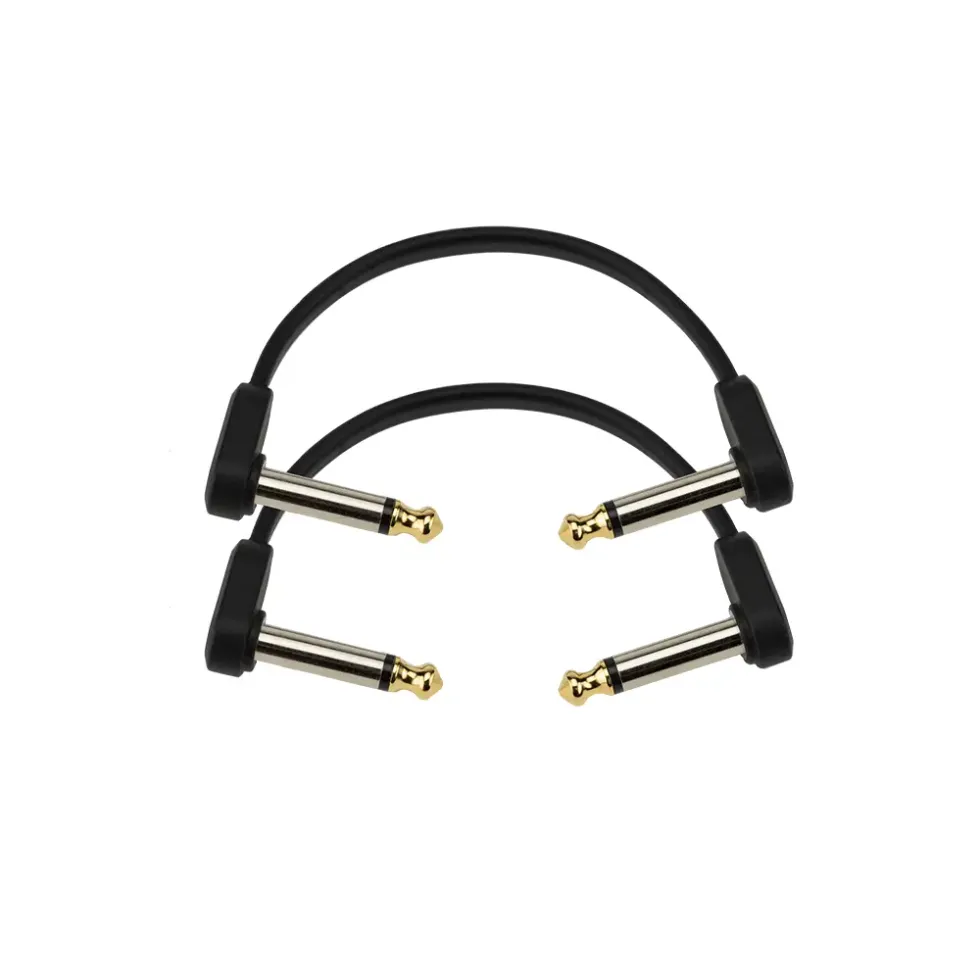
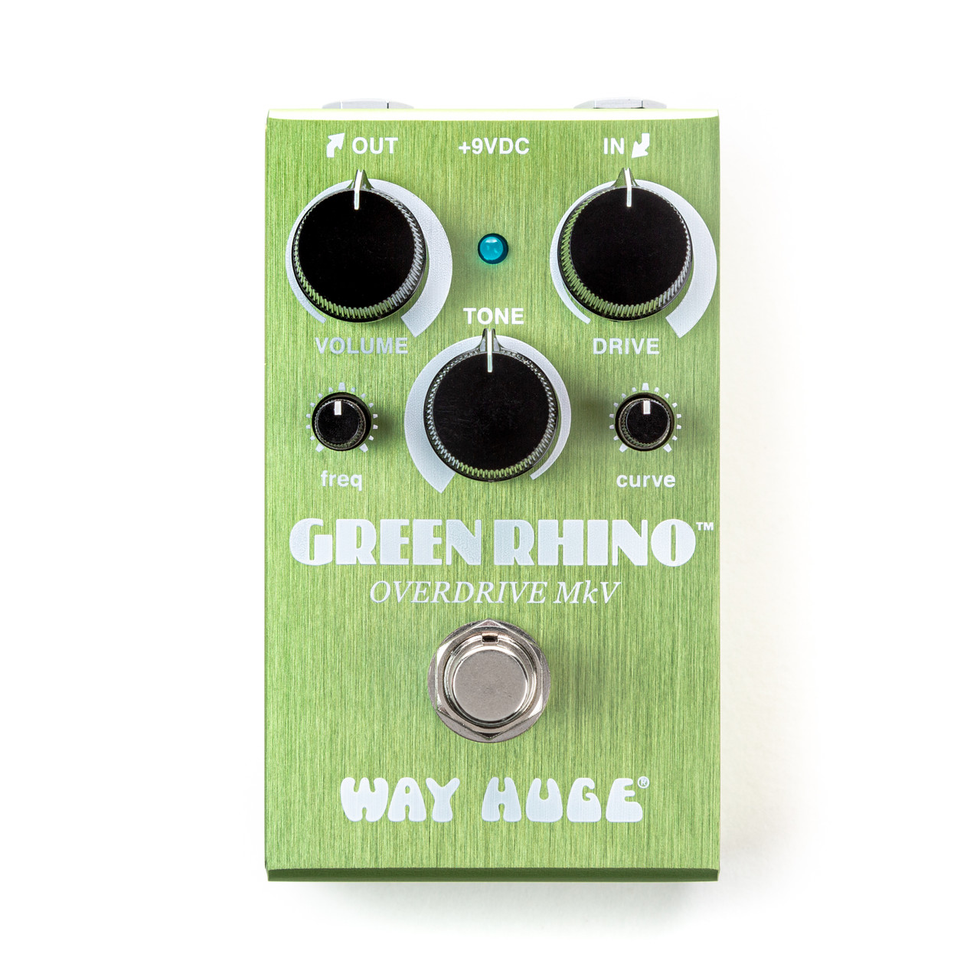
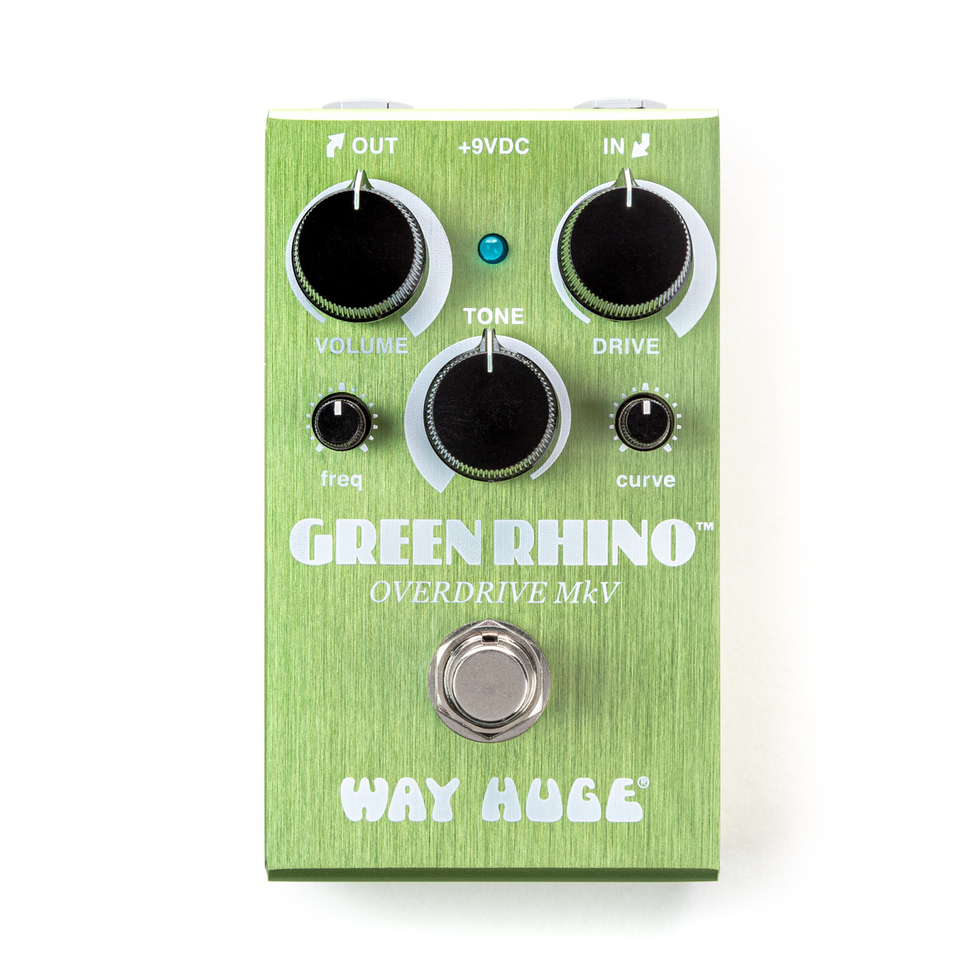
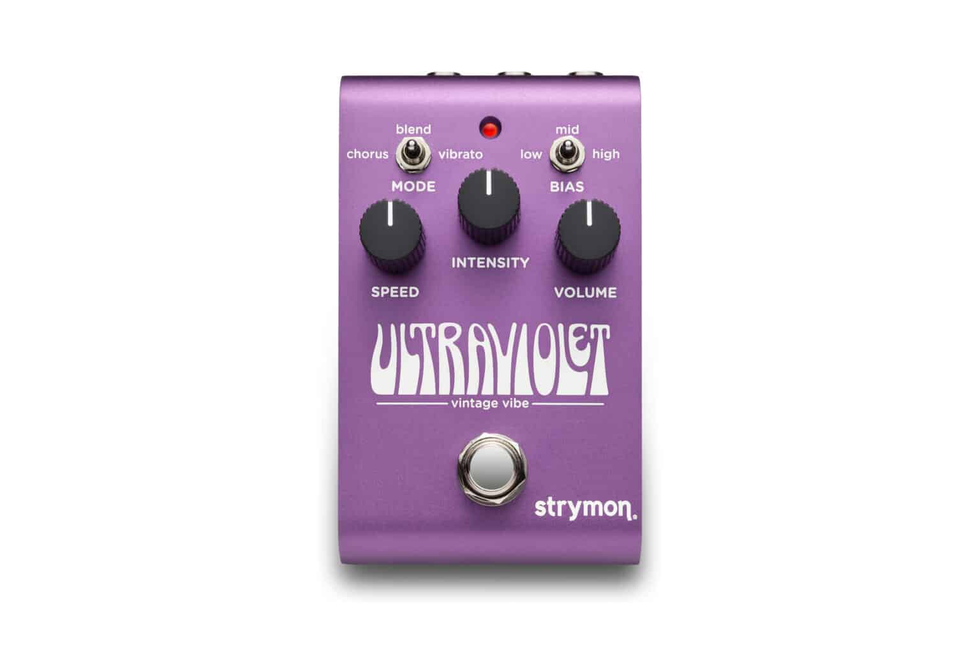
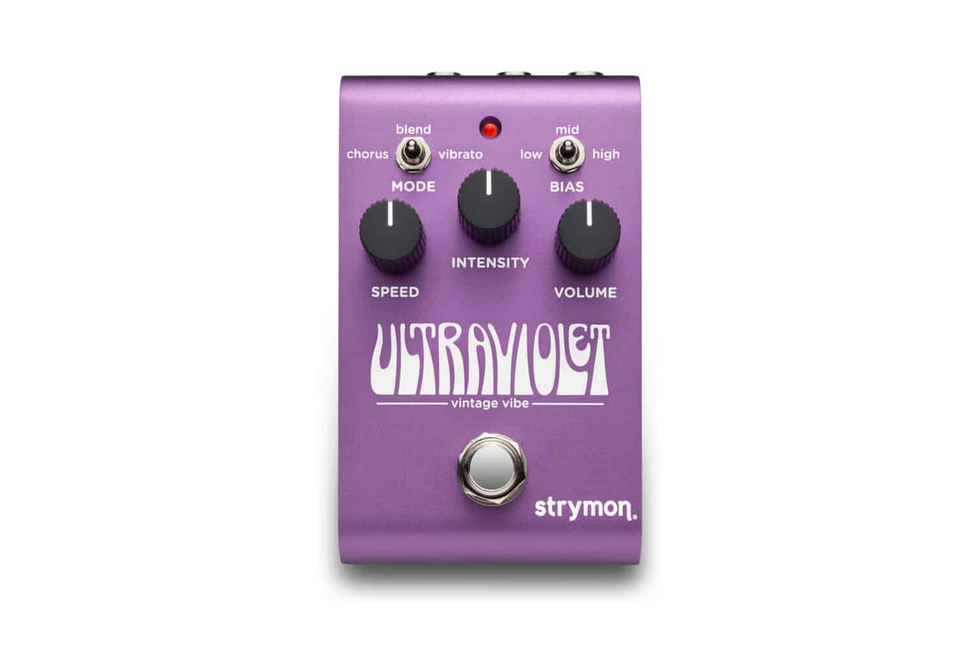
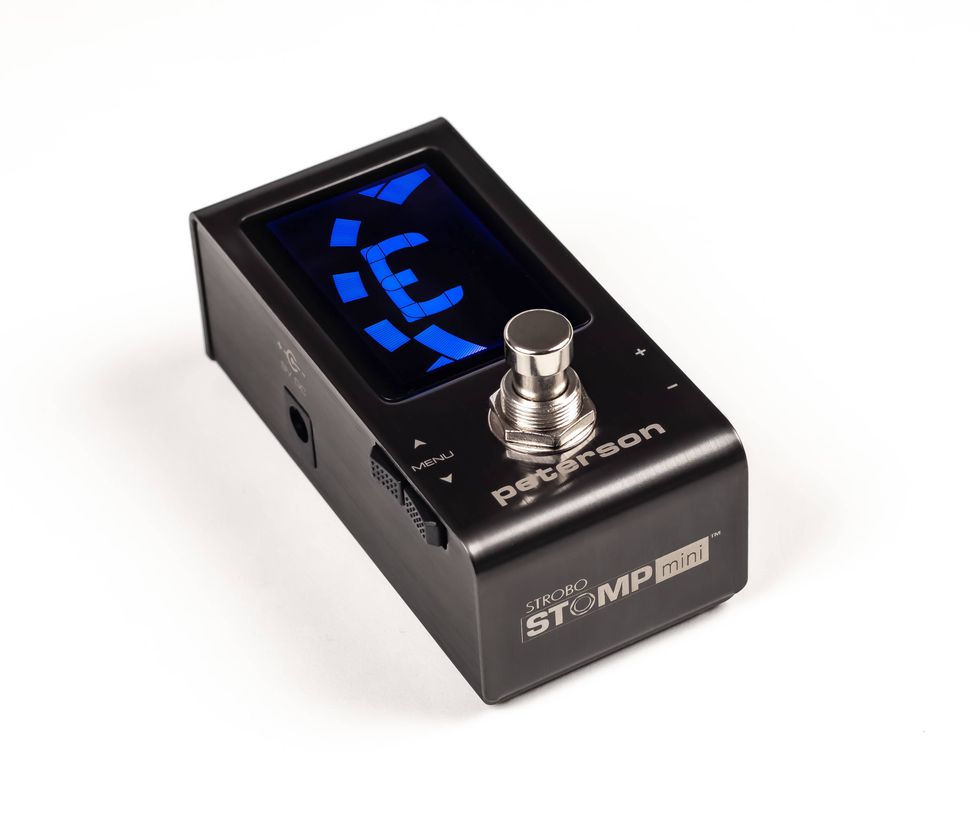
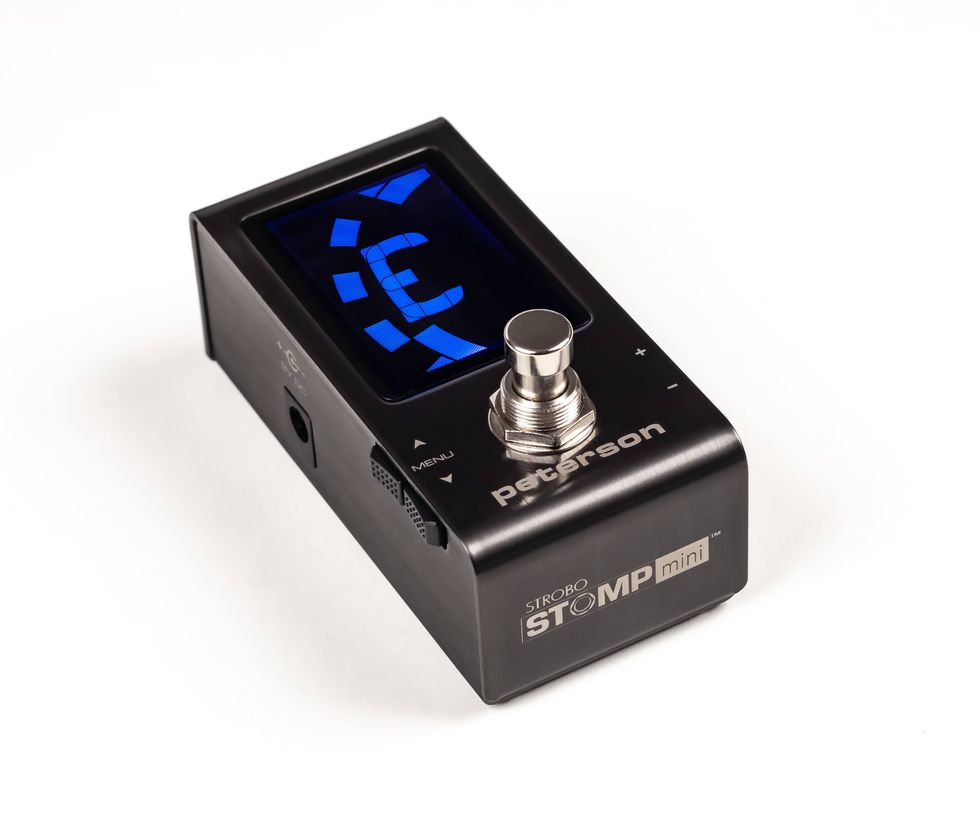
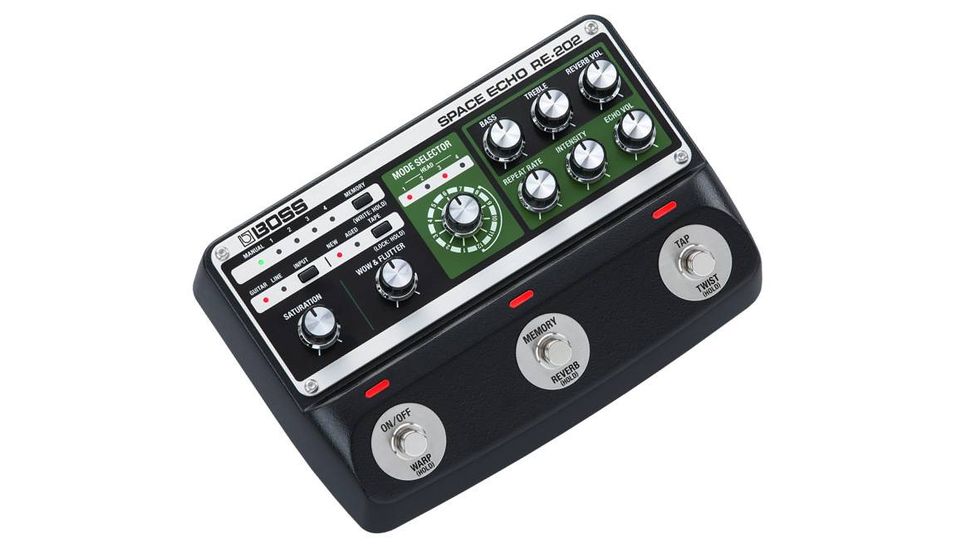
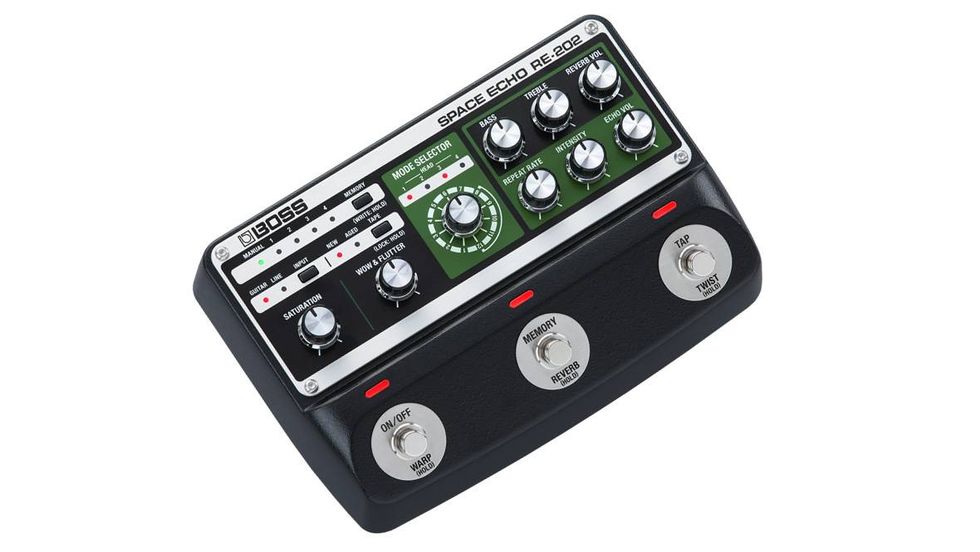
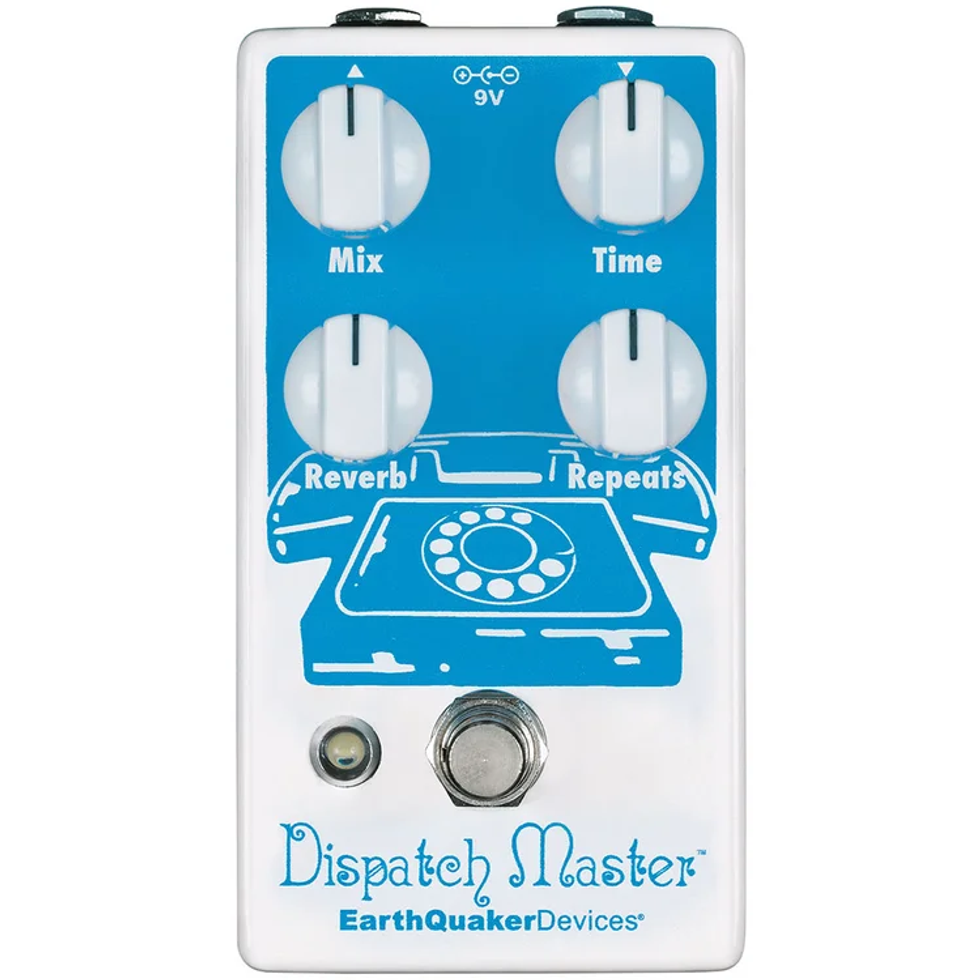
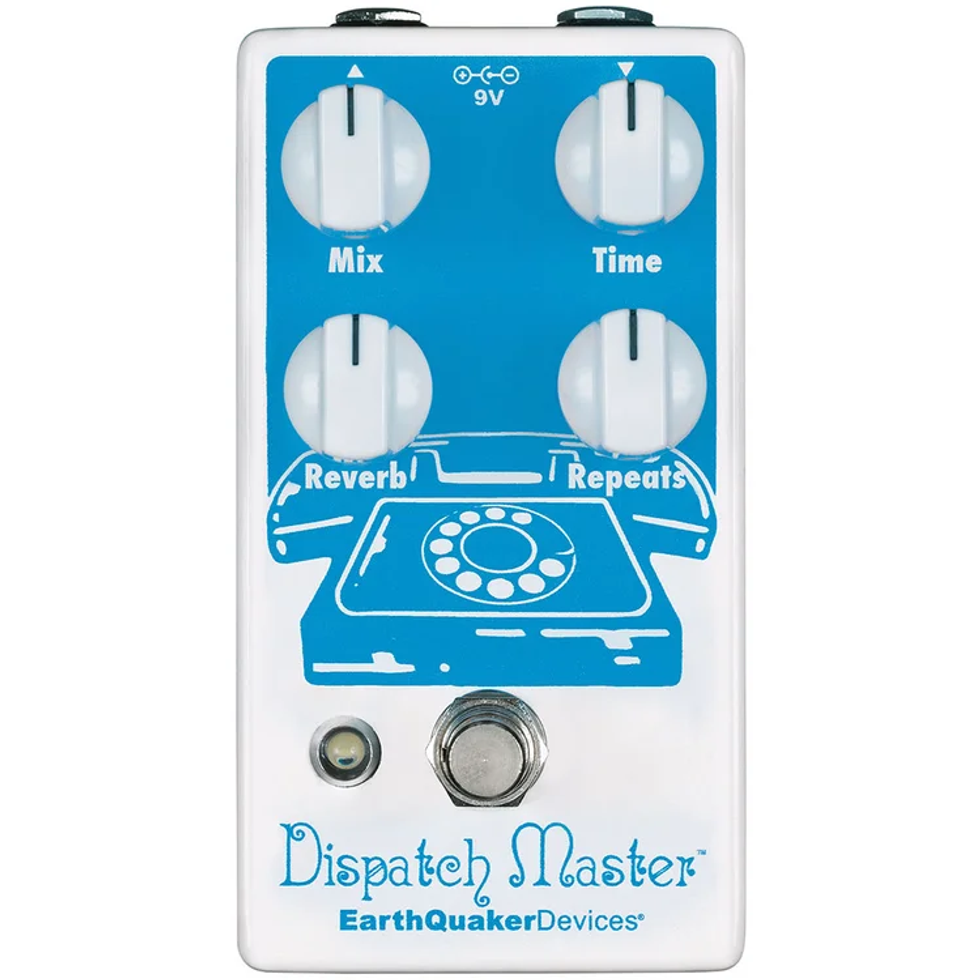
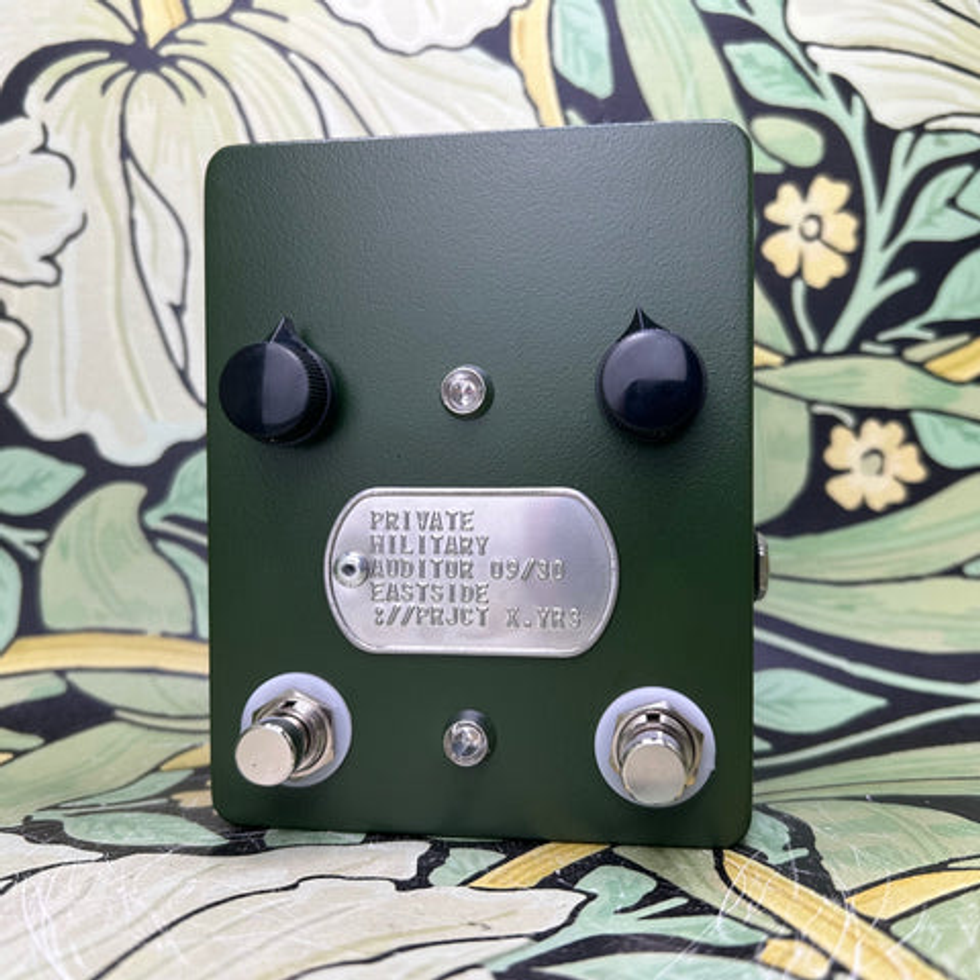
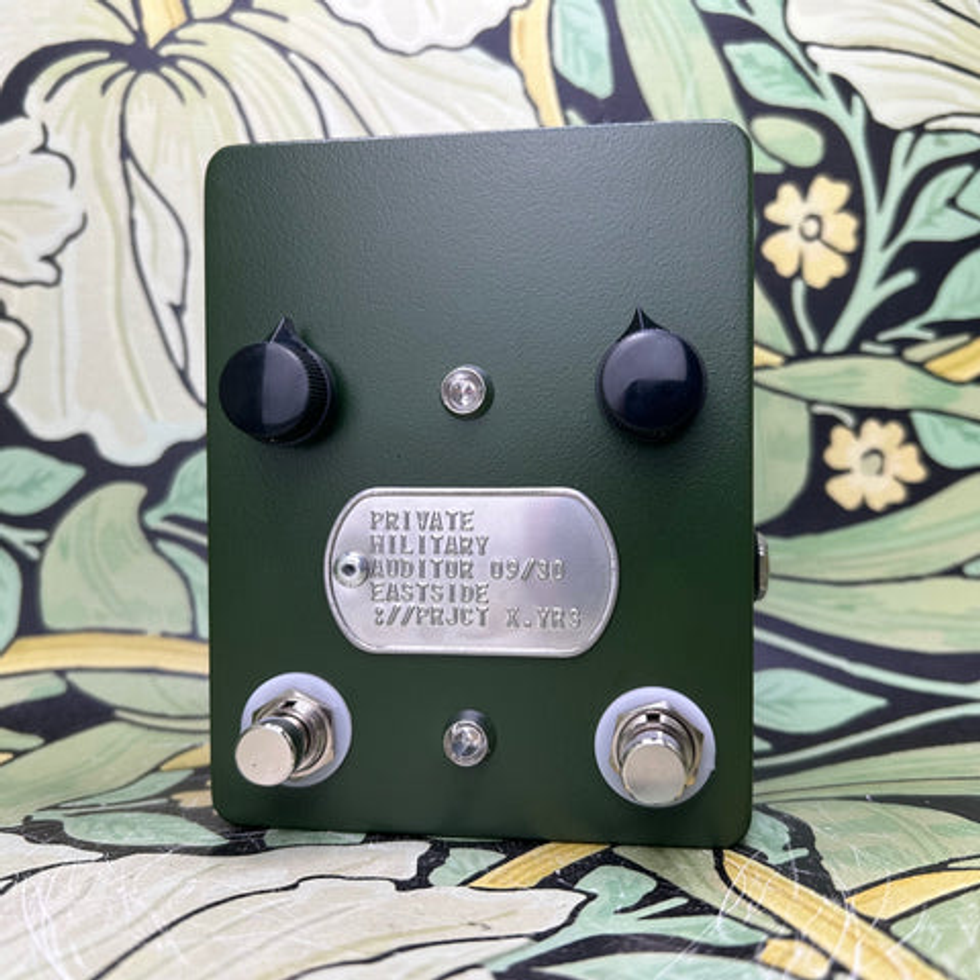
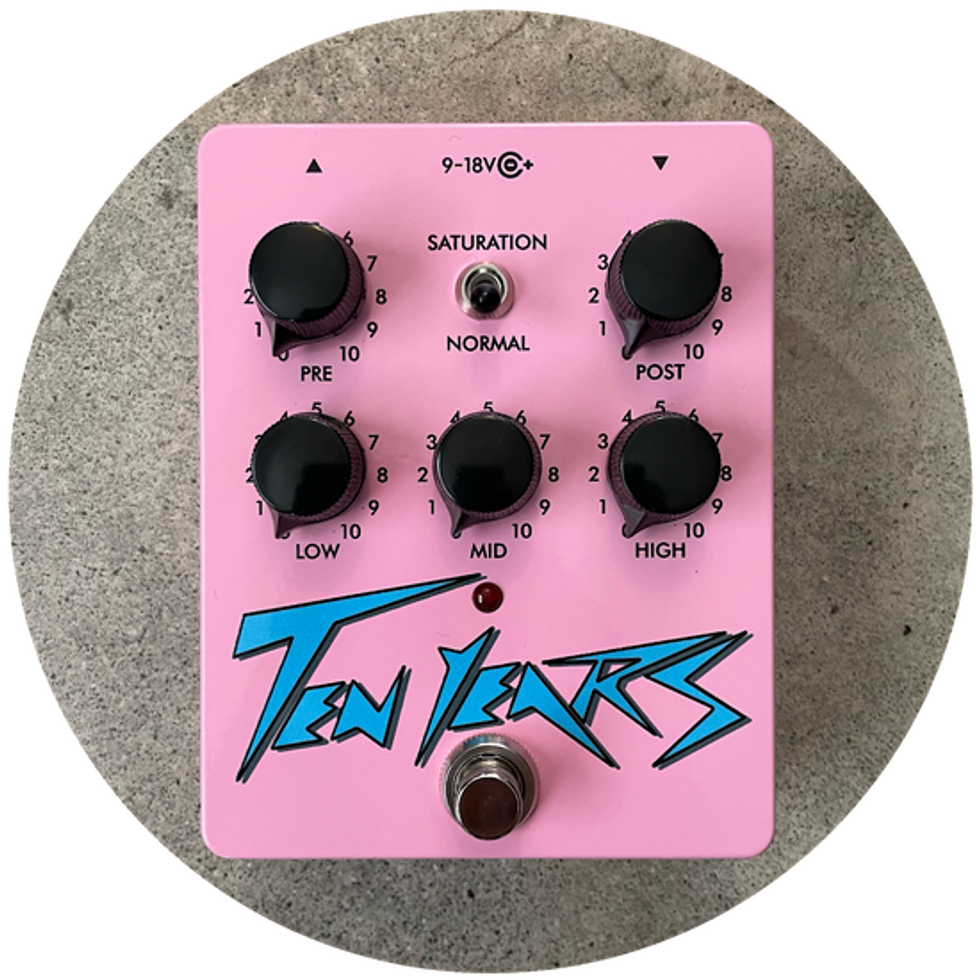
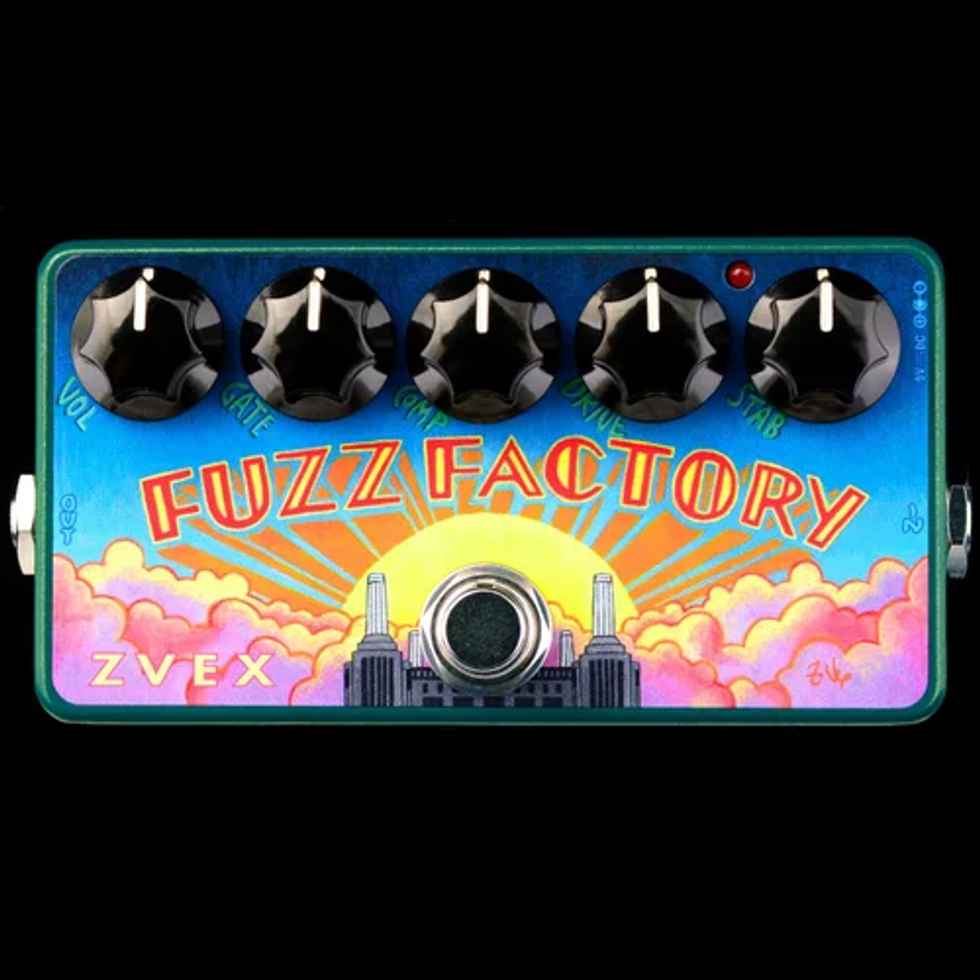
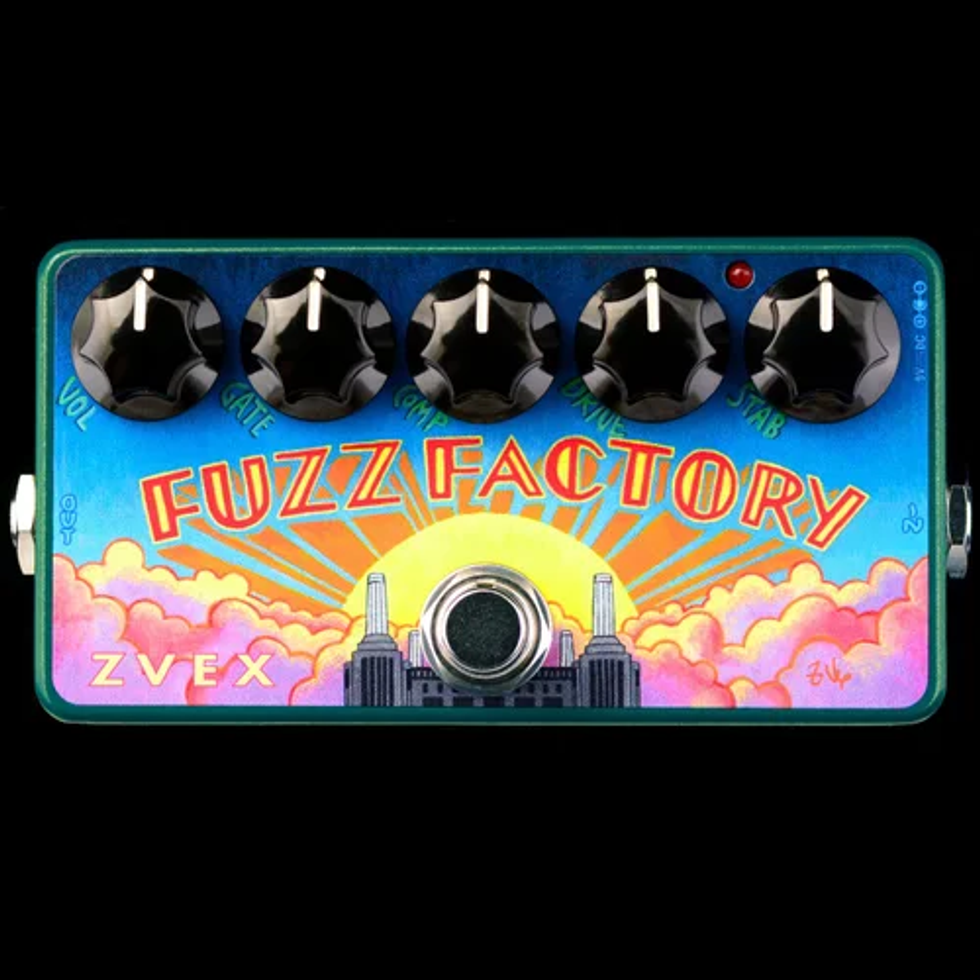
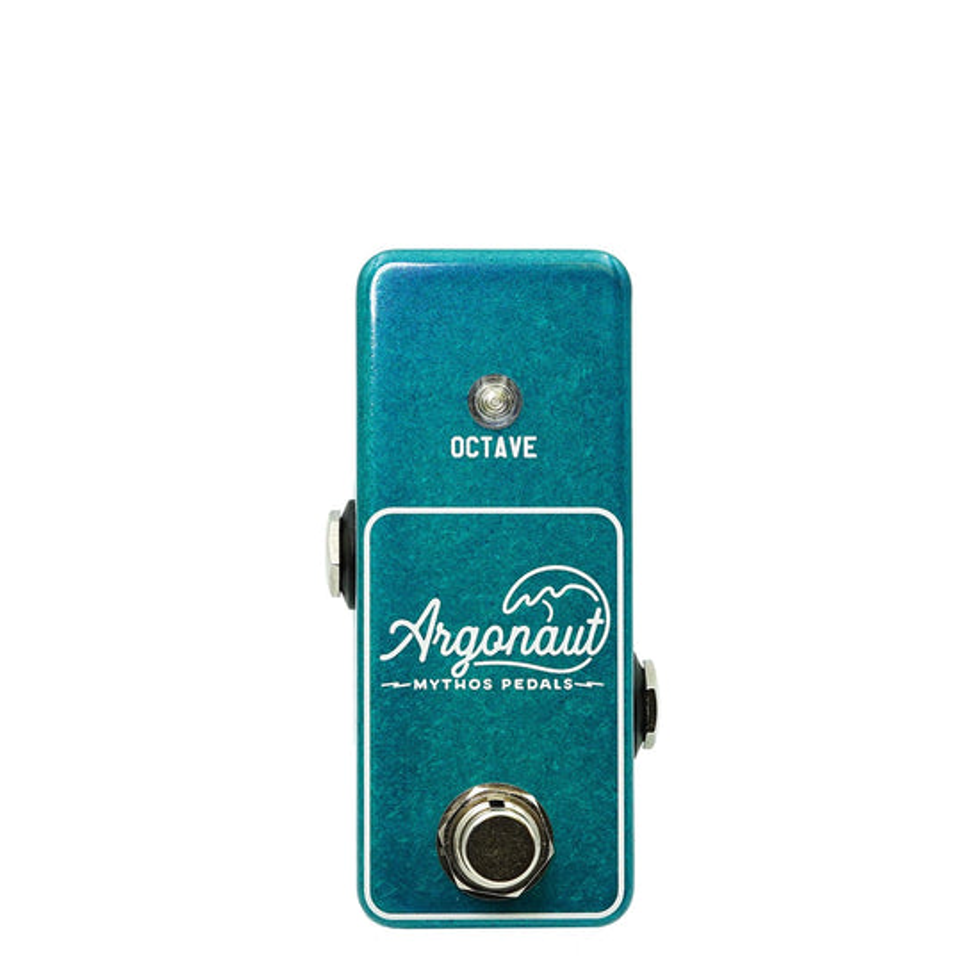
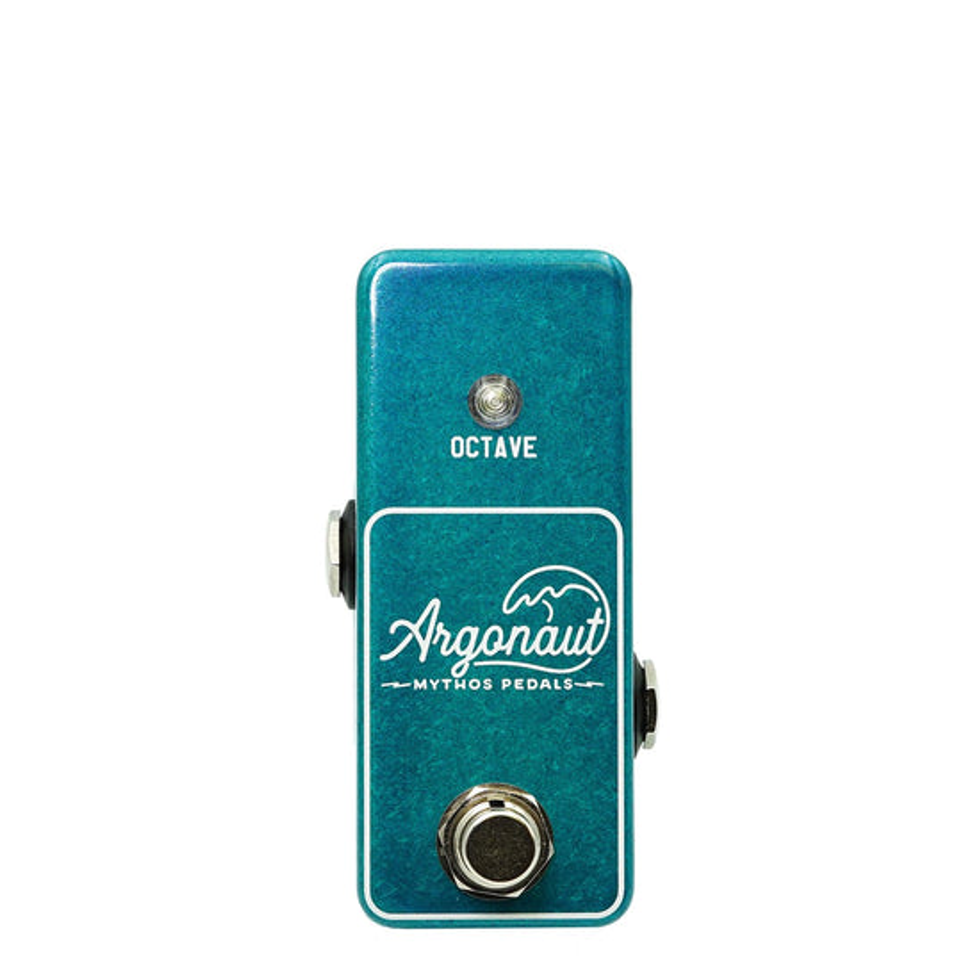
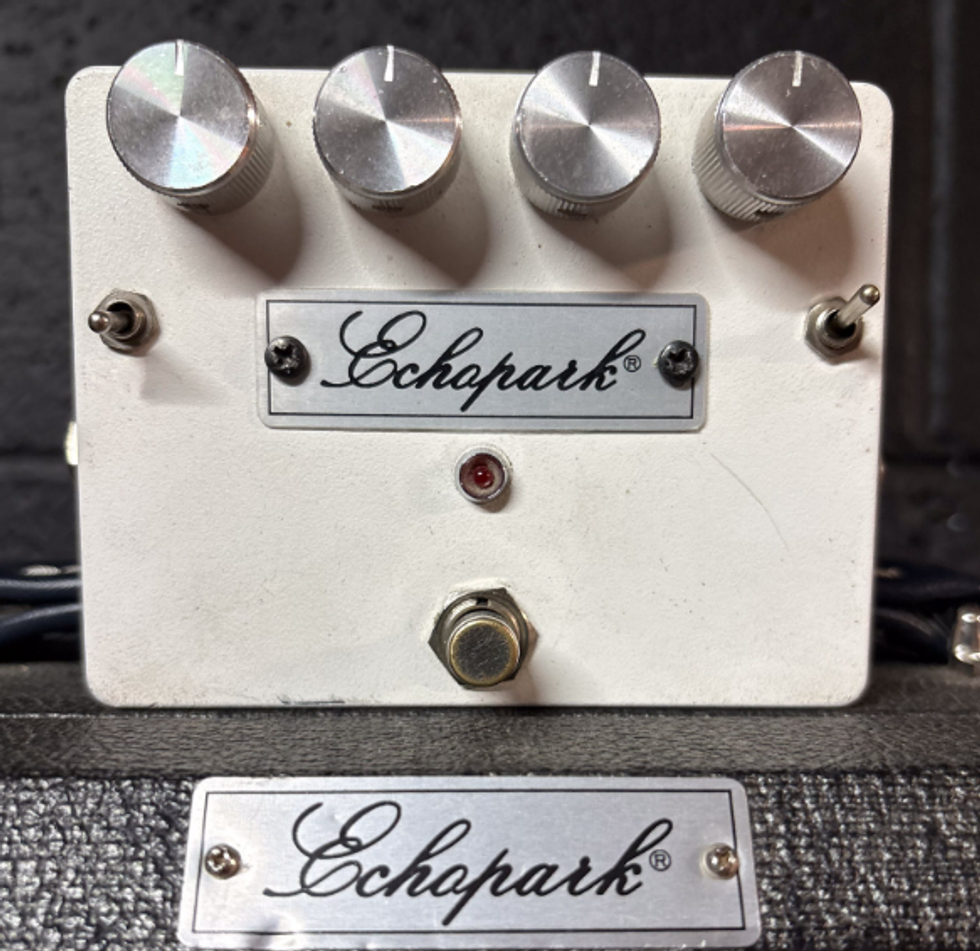
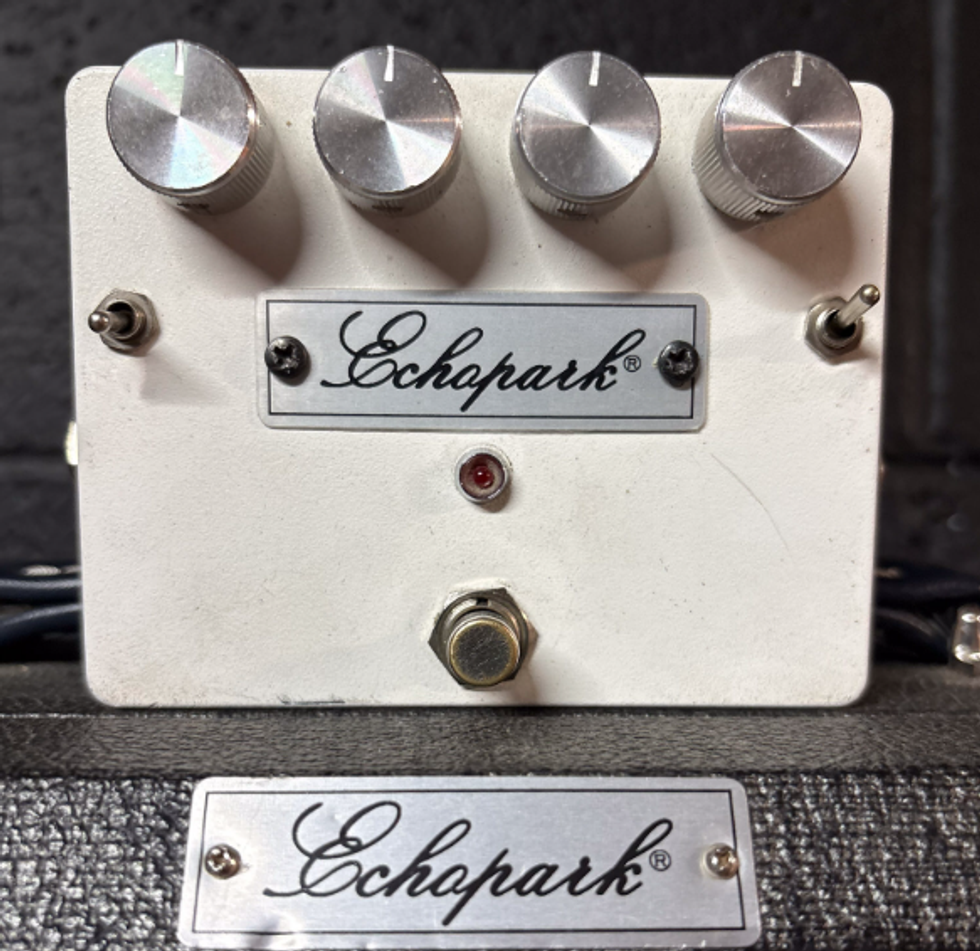








 Zach loves his Sovtek Mig 60 head, which he plays through a cab he built himself at a pipe-organ shop in Denver. Every glue joint is lined with thin leather for maximum air tightness, and it’s stocked with Celestion G12M Greenback speakers.
Zach loves his Sovtek Mig 60 head, which he plays through a cab he built himself at a pipe-organ shop in Denver. Every glue joint is lined with thin leather for maximum air tightness, and it’s stocked with Celestion G12M Greenback speakers.







